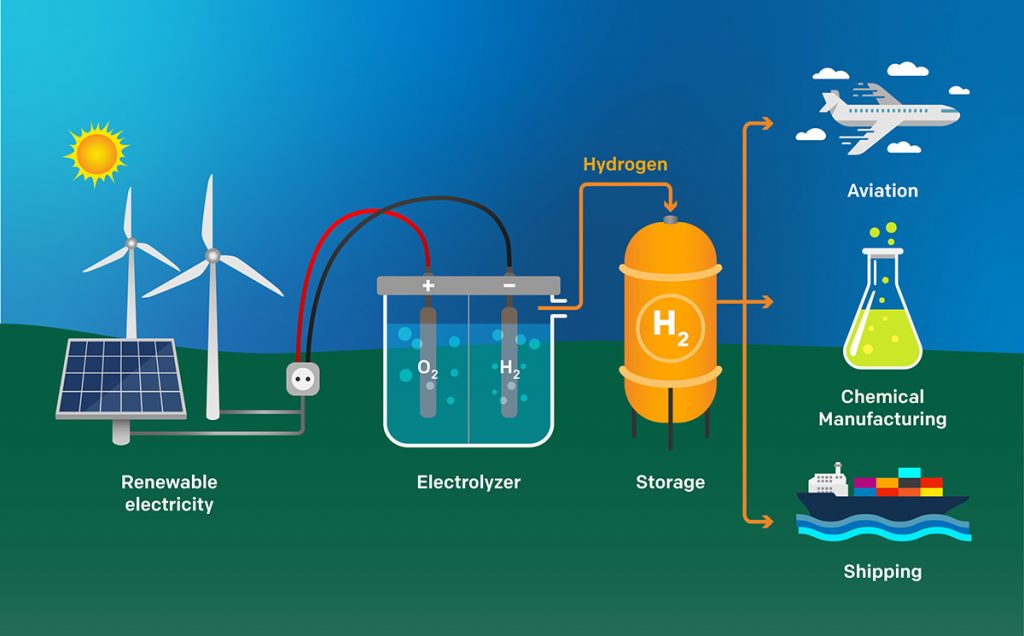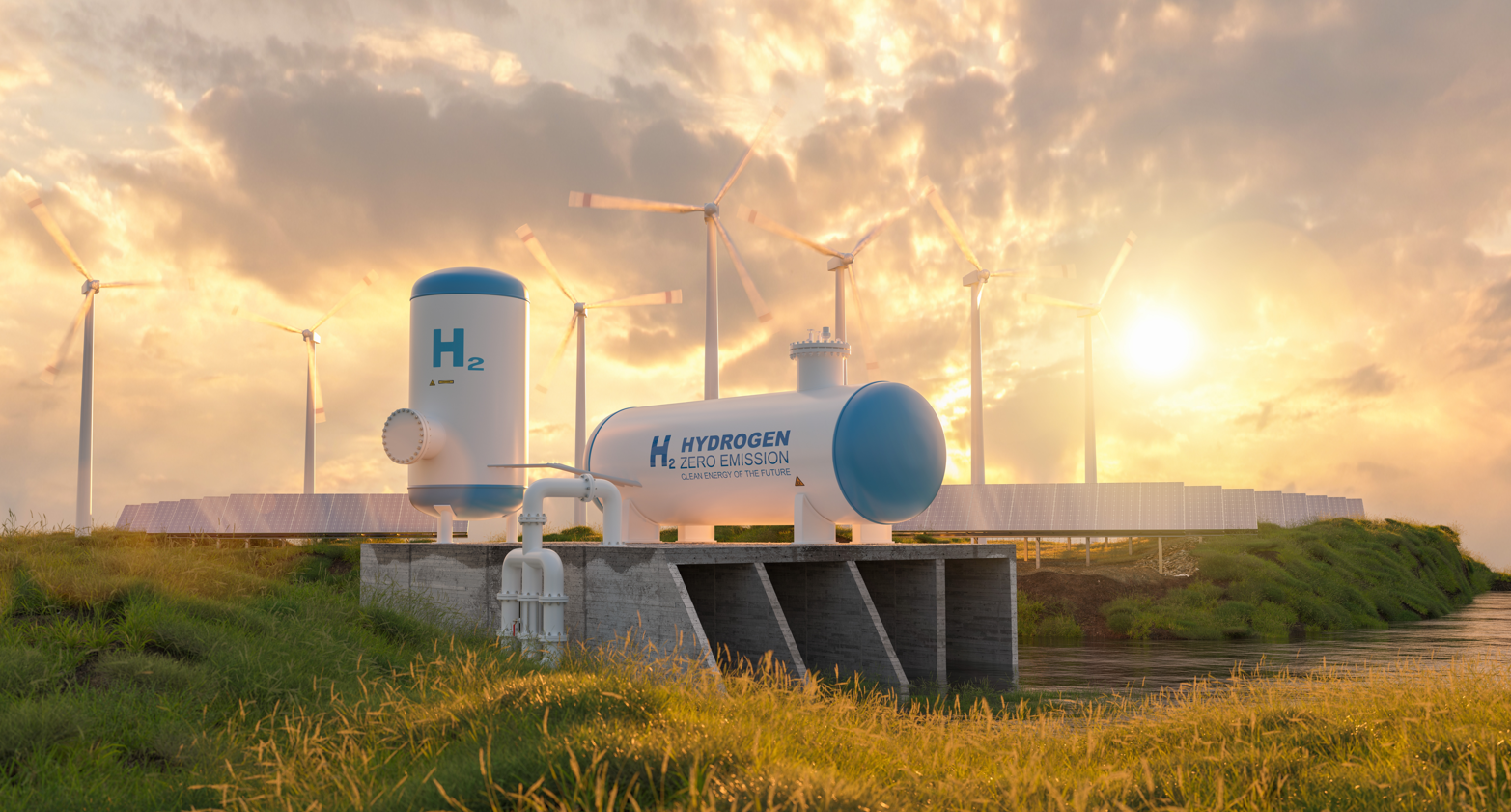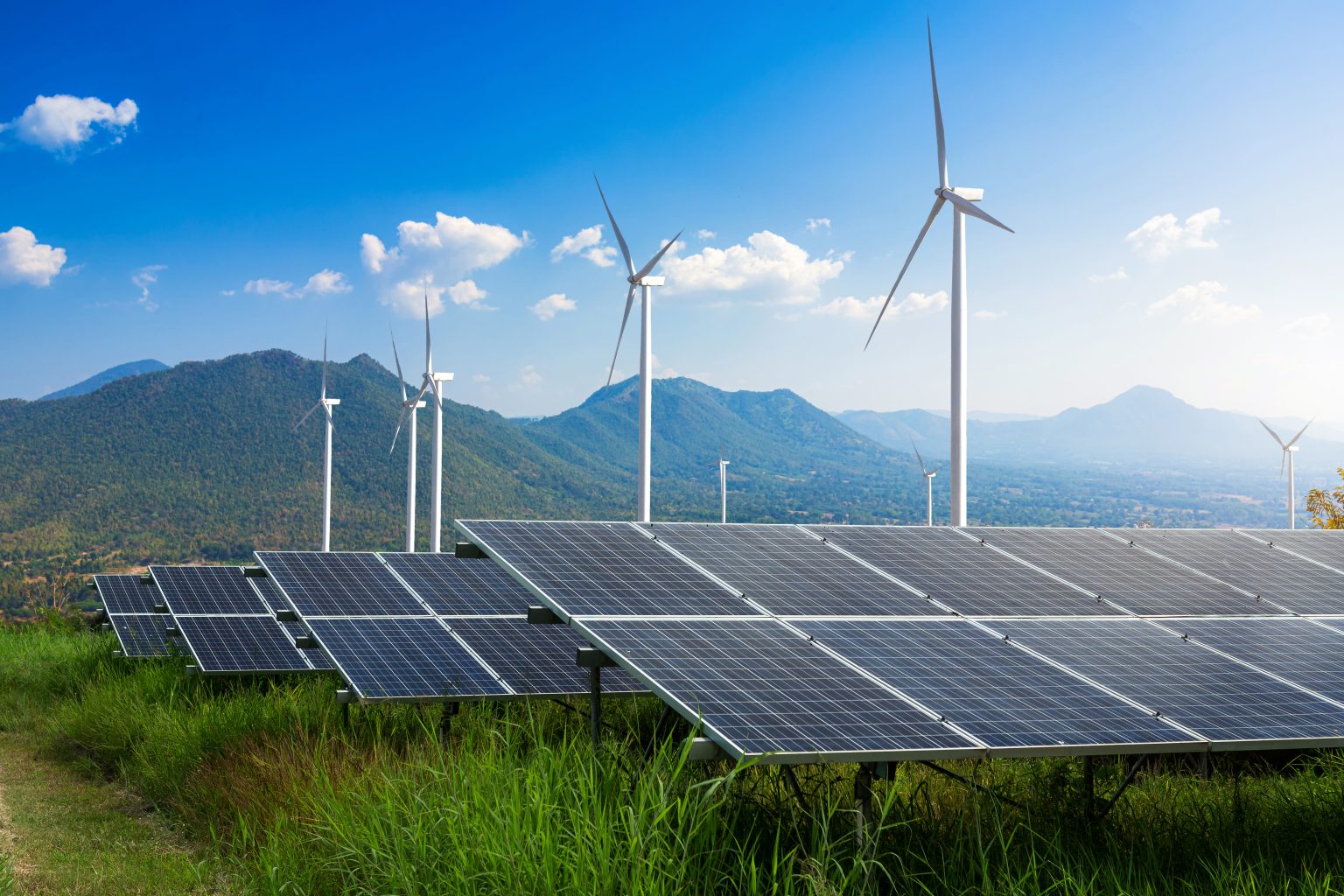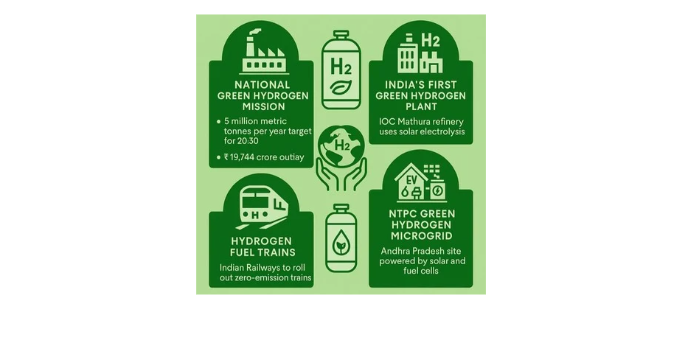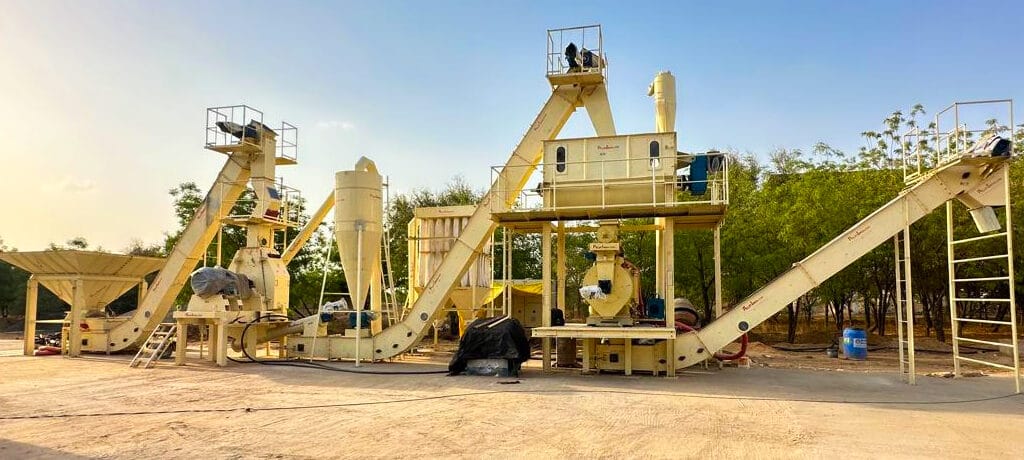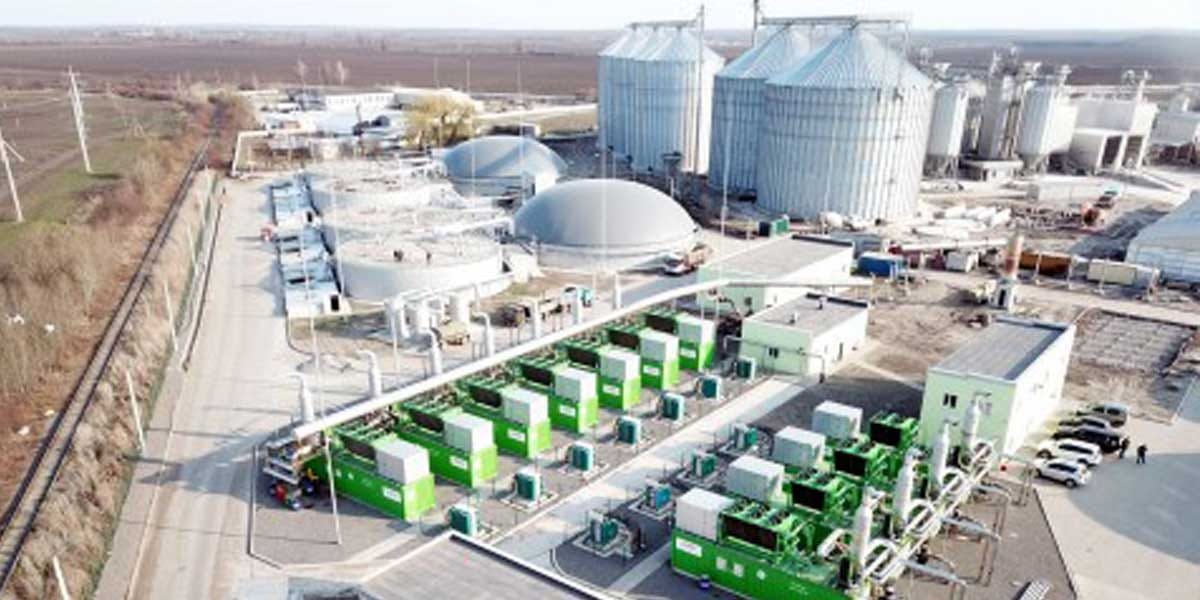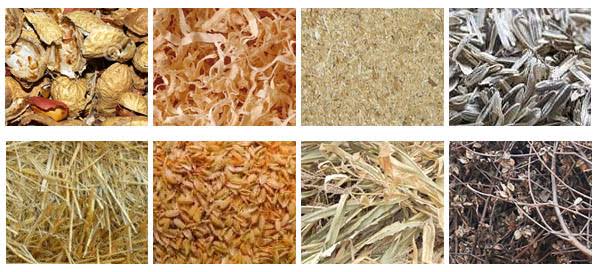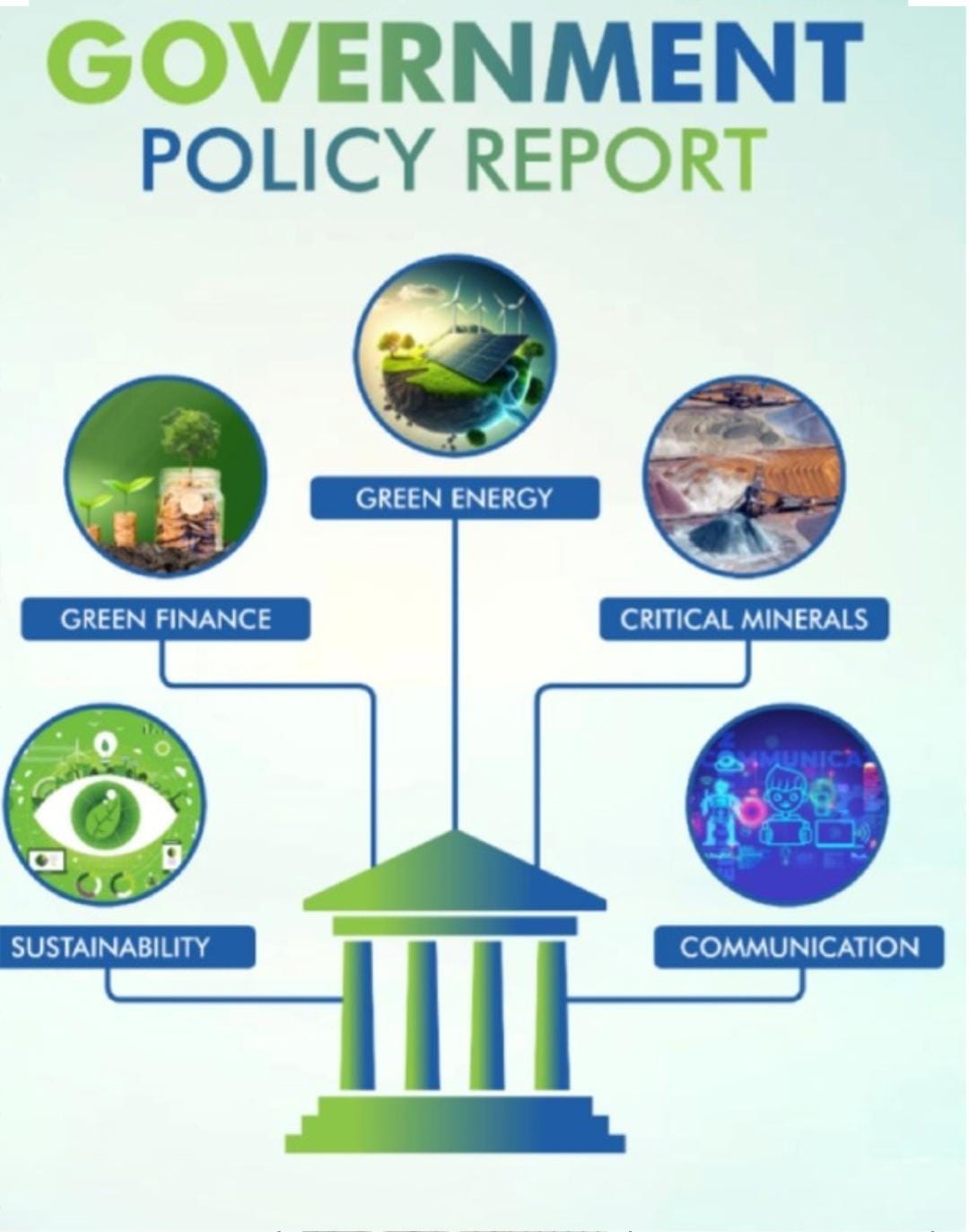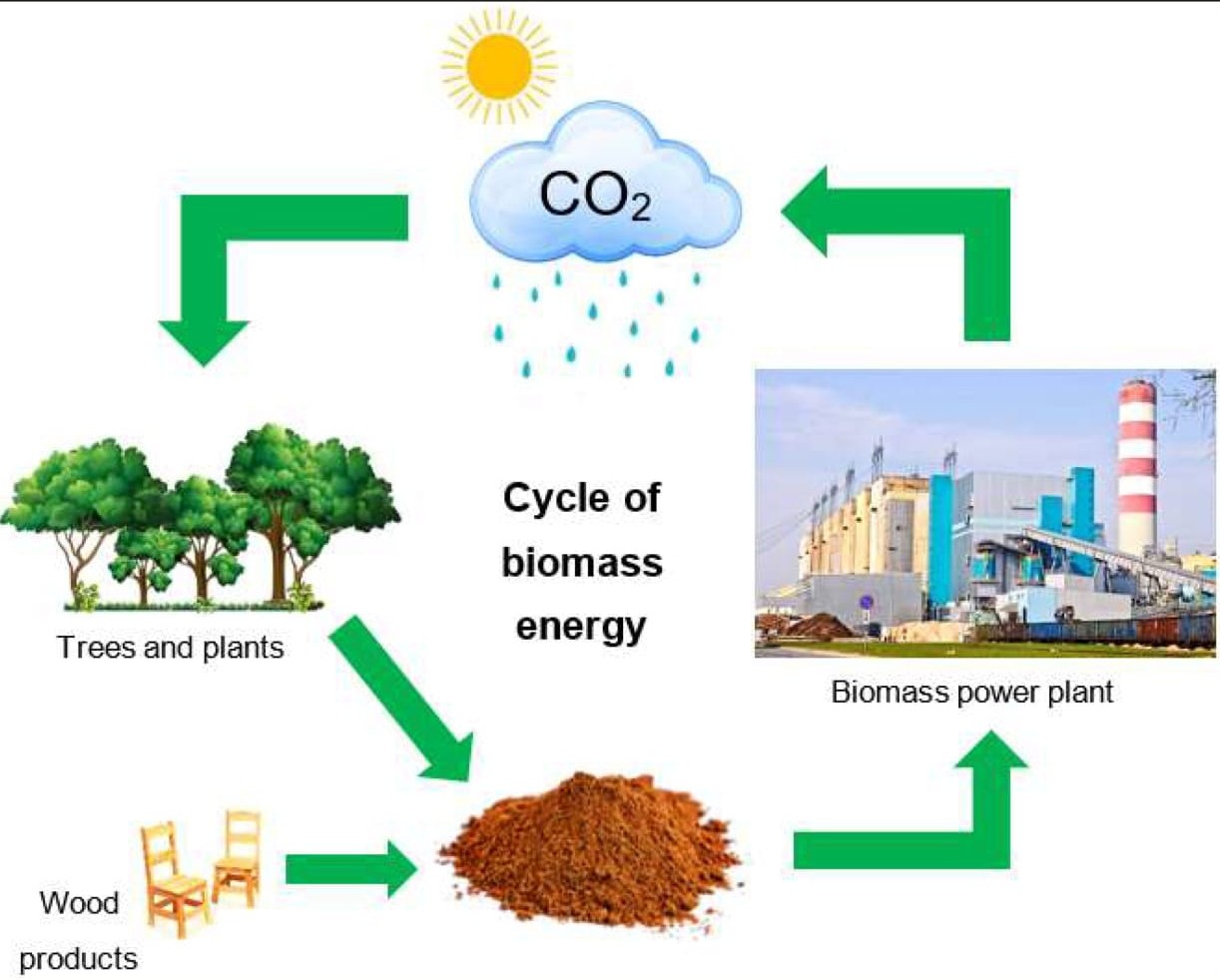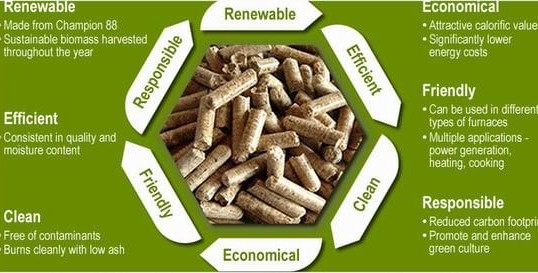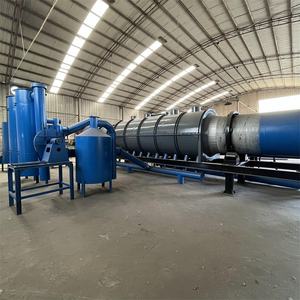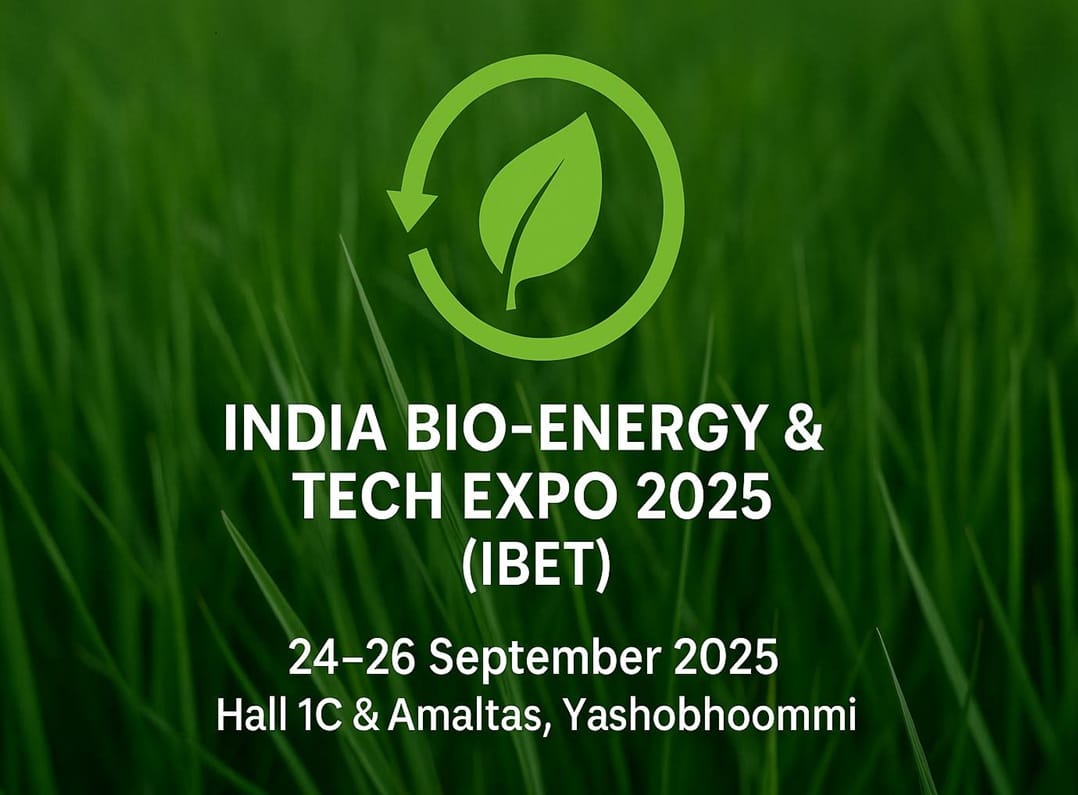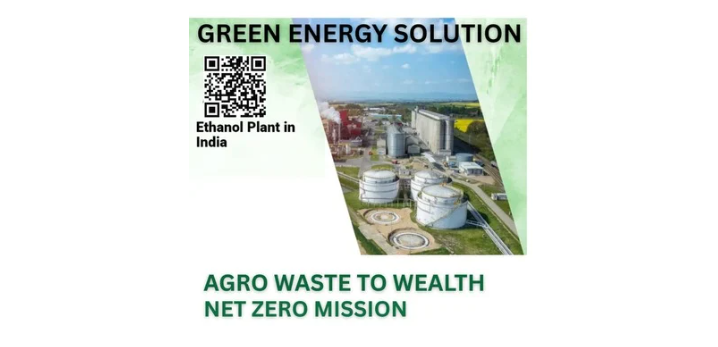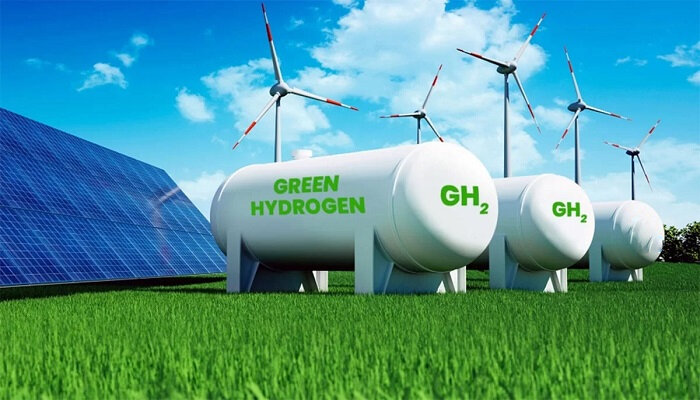Solar & Green Hydrogen Plant
Description
A solar and green hydrogen plant uses renewable energy, primarily from solar panels, to power an electrolyzer that splits water into hydrogen and oxygen. This process creates clean, carbon-free hydrogen gas, which can then be stored and used as a fuel or for industrial purposes like making fertilizers or steel, helping to decarbonize sectors that are difficult to electrify. The plants are designed to be sustainable, avoiding the use of fossil fuels and reducing greenhouse gas emissions.
Solar energy generation: Solar panels capture sunlight to generate electricity.
1. Electrolysis: The electricity from the solar panels is fed into an electrolyzer, a device that uses electricity to split water (\(H_{2}O\)) into its components: hydrogen (\(H_{2}\)) and oxygen (\(O_{2}\)).
2. Hydrogen production: The hydrogen gas produced is considered "green" because the electricity used to make it is from a renewable source, making the entire process emission-free.
3. Storage and use: The clean hydrogen can be stored for later use, either in compressed or liquid form, or used in applications such as: Powering fuel cell vehicles Energy storage Industrial processes that rely on fossil fuels
